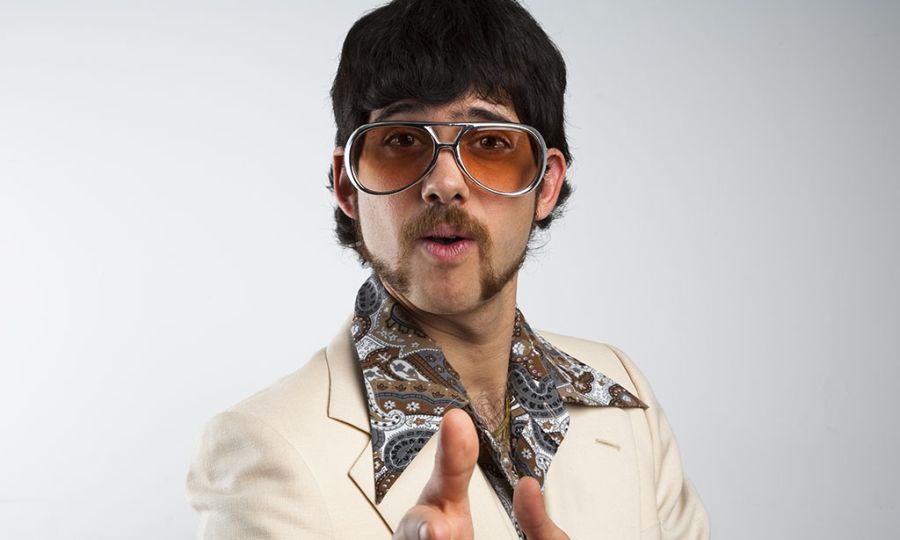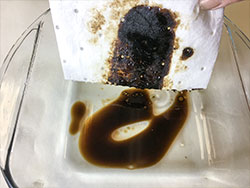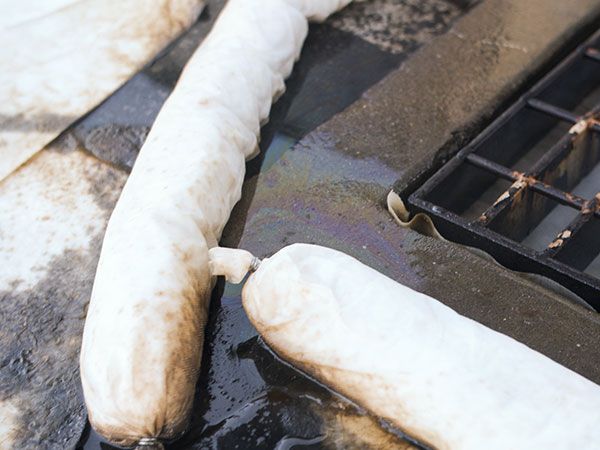

Oil Absorbent Manufacturers are stuck in the 1970s.
Did you know that the basic technology behind melt-blown white oil spill sheets, socks, pads, and booms has not changed in nearly 50 years? (Yup, imagine you were still wearing leisure suits and going to the disco.)

Fashion has undoubtedly changed, why not spill cleanup products?
The only reason we know is that the entire absorbent manufacturing industry invested in the same kind of expensive melt-blown polypropylene manufacturing equipment as its rivals. And when you have millions of dollars tied up in technology, you want to milk it for all its worth.
The problem is, the original purpose of the white oil spill sheets was to throw on top of big oil spills on the water (think Exxon Valdez). And oil spill booms were designed to float on water.
Unfortunately, the white spill materials have several flaws:

Oil Spill Sheets Were Not Intended for Outdoor Use
Melt-blown polypropylene spill products don’t work in wet weather because rainwater coats the surface of the sheets and oil floats on water; the water shield hinders oil absorption.

Oil Spill Booms and Socks Don’t Conform to Uneven Land Surfaces
Oil absorbent booms and socks are overstuffed and don’t conform to uneven land surfaces. This prevents them from performing the #1 objective, containing and diverting the spill from sensitive areas like storm drains.

Spill Response Products Take Up too Much Space
The materials used to manufacture spill response products are bulky and take up too much space in your already crowded work vehicles.
New Tools and Technology for Modern Spill Responders
Modern responders need up-to-date tools engineered to work in all weather. These products must quickly divert and contain spills while absorbing oil and allowing clean rainwater to filter through.